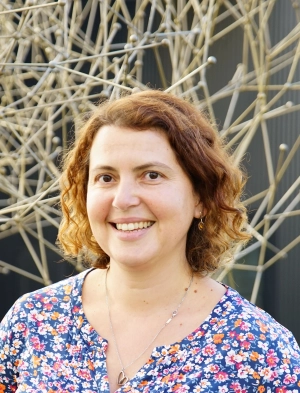Since my PhD, my research has focused on the molecular mechanisms involved in gene exchange and genome plasticity in bacteria. Mobile genetic elements (MGEs), and in particular conjugative plasmids (extra-chromosomal DNA molecules that can be transferred from one bacterium to another) and transposons, are major actors in horizontal gene transfer. EGMs are not only fascinating elements at the origin of genetic exchanges, but also play an essential role in the wider context of bacterial adaptation to new environments, potentiating species fitness and shaping microbial communities. For example, EGMs play a major role in the emergence of multi-resistant bacteria, a global threat to human health and the environment.
In particular, we are studying the key molecular mechanisms involved in controlling the balance between two modes of plasmid propagation: vertical from mother to daughter cells (segregation), and horizontal from donor to recipient cells (conjugation). Our work extends to the study of EGMs dynamics in complex ecosystems, using the gut microbiota model of the nematode Caenorhabditis elegans. This animal model also enables us to explore the genetic factors, often linked to EGMs mobility, that influence the establishment of bacteria (especially Escherichia coli) as commensals or pathogens.
To address these questions, we are developing integrative, multi-scale approaches (molecular, cellular, complex bacterial communities), including biochemistry, structural biology (NMR, X-rays), genetics, genome-scale molecular genetics, bioinformatics, fluorescence microscopy, NGS.
